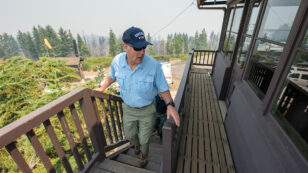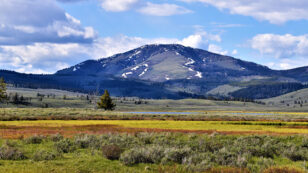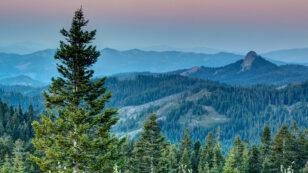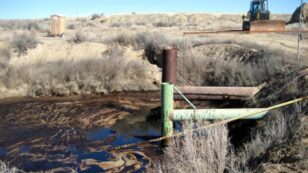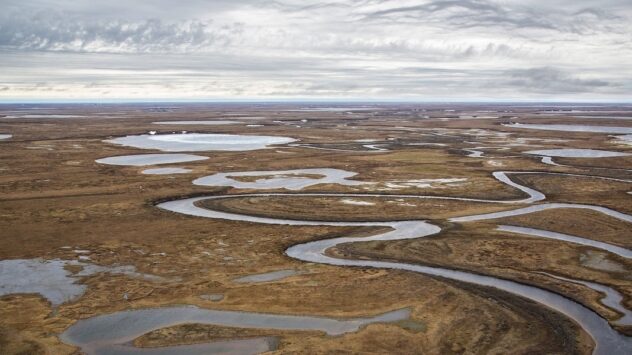
Trump Administration’s Alaska Oil and Gas Lease Sale a ‘Major Flop’
Despite the Trump administration’s unrelenting quest to drill the Arctic, Wednesday’s oil and gas lease sale in the National Petroleum Reserve-Alaska (NPR-A) yielded a “disappointing” return of $1.5 million, E&E News reported. Oil and gas giants ConocoPhillips, Emerald House and Nordaq Energy were the three companies that made uncontested bids on 16 tracts of land […]

 233k
233k  41k
41k  Subscribe
Subscribe 
